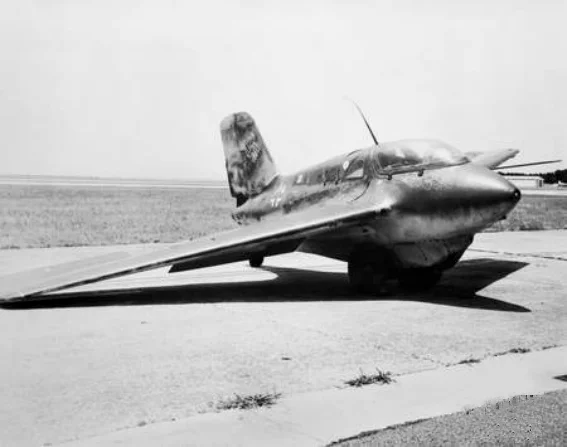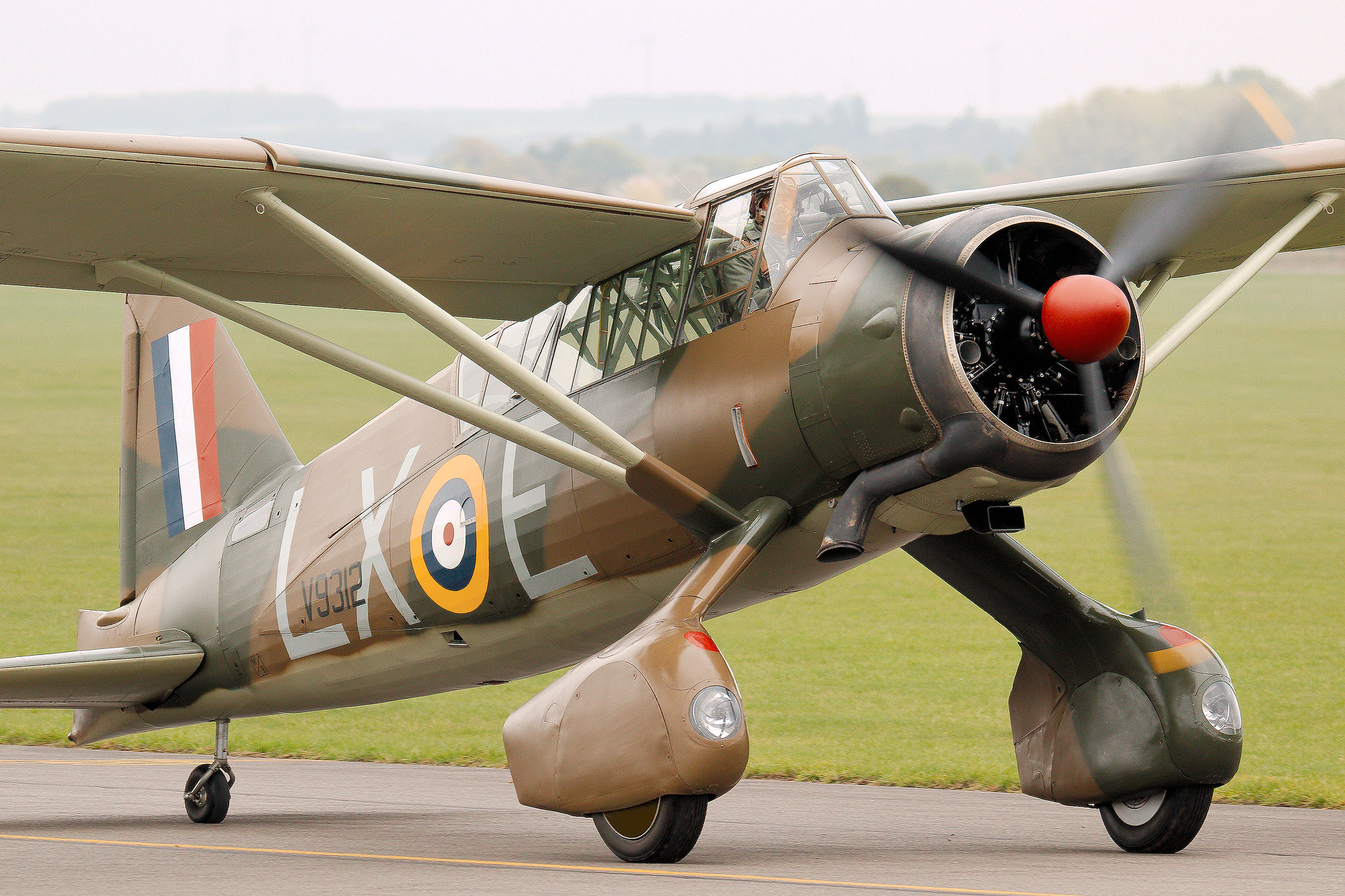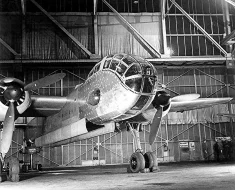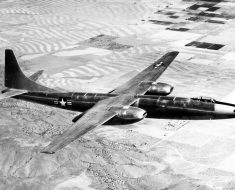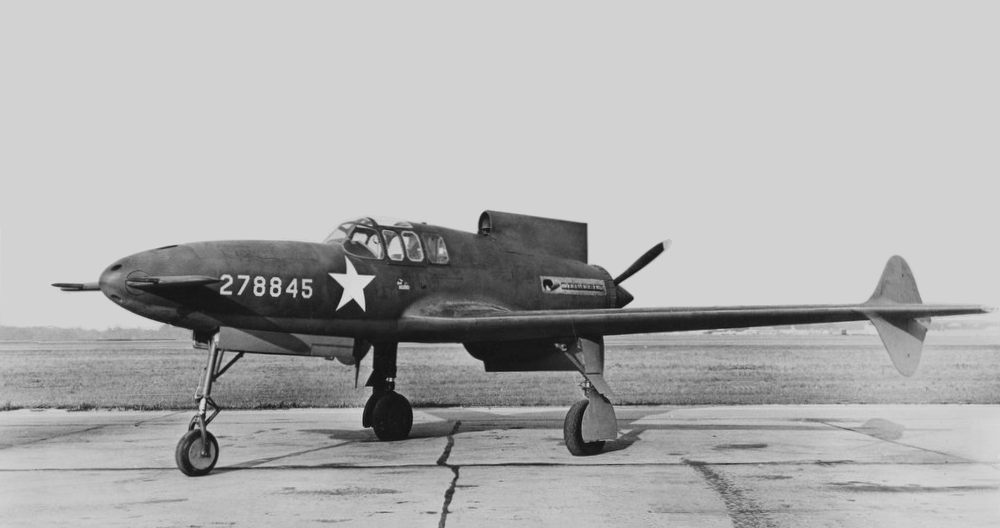The Messerschmitt Me 163 Komet was one of the most radical combat aircraft to see service with any nation during World War Two. This tiny, tailless, rocket-powered aircraft was faster than anything else in the sky.
It was principally intended as a point-defence fighter to combat the US daylight bombing campaign over Germany and in service, it proved to have both advantages and some major drawbacks.
The Me 163 was capable of a top speed of over 600mph, making it considerably faster than any other contemporary aircraft. But it had an endurance of only around six minutes. It also trialled some very effective new weapon systems and it proved extremely lethal, but mainly to those who flew and serviced it.
This Nazi wonder weapon is believed to have killed and injured more German pilots and ground crew than enemies. This is the bizarre story of the world’s first and only rocket interceptor.
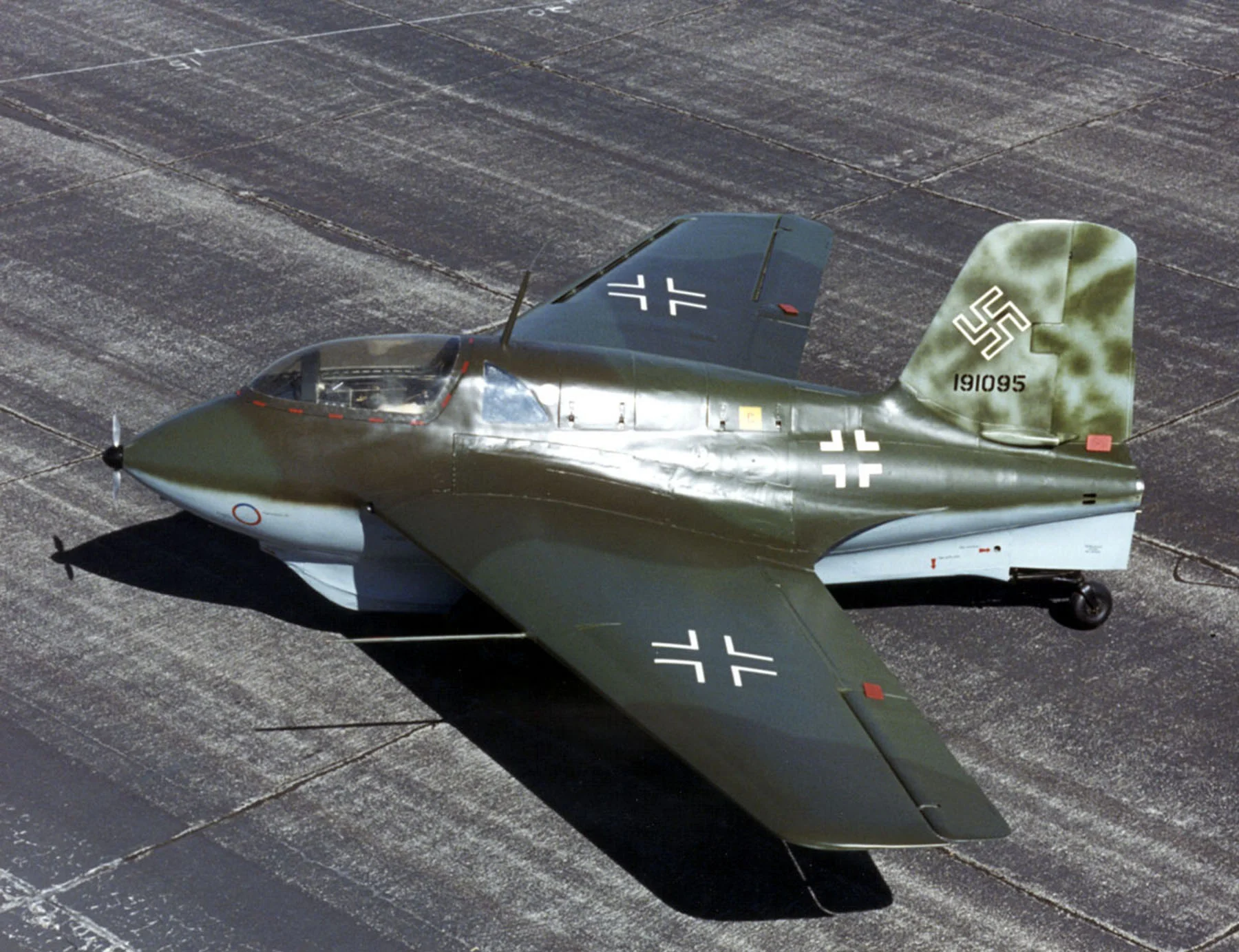
Contents
Origins of the Komet
Although it ended up being built in the Messerschmitt factory in Augsburg, the design of this aircraft owned nothing to Willy Messerschmitt. Instead, it was the product of an eccentric genius, Alexander Lippisch. Lippisch served as a photographer and aerial mapper in the Zeppelin Company where he worked as a designer and engineer. However, his real interest lay in the design of radical gliders.
Read More: Me 262 Schwalbe – Troubled Development
After World War One, Germany was banned from possessing military aircraft under the terms of the Versailles treaty. However, the sport of gliding was unaffected by this ban and in the 1920s and 1930s Germany took the lead in the design and building of advanced gliders. None were more radical than those developed by Lippisch.
Lippisch would design more than 50 gliders. While a few early designs were conventional, he rapidly began to explore different configurations.
The Ente (duck) was a tail-first canard design. By chance, Fritz von Opel (better known as “Rocket Fritz”) of the Opel company saw the one and only Ente flying in the late 1920s in the Rhön Mountains.
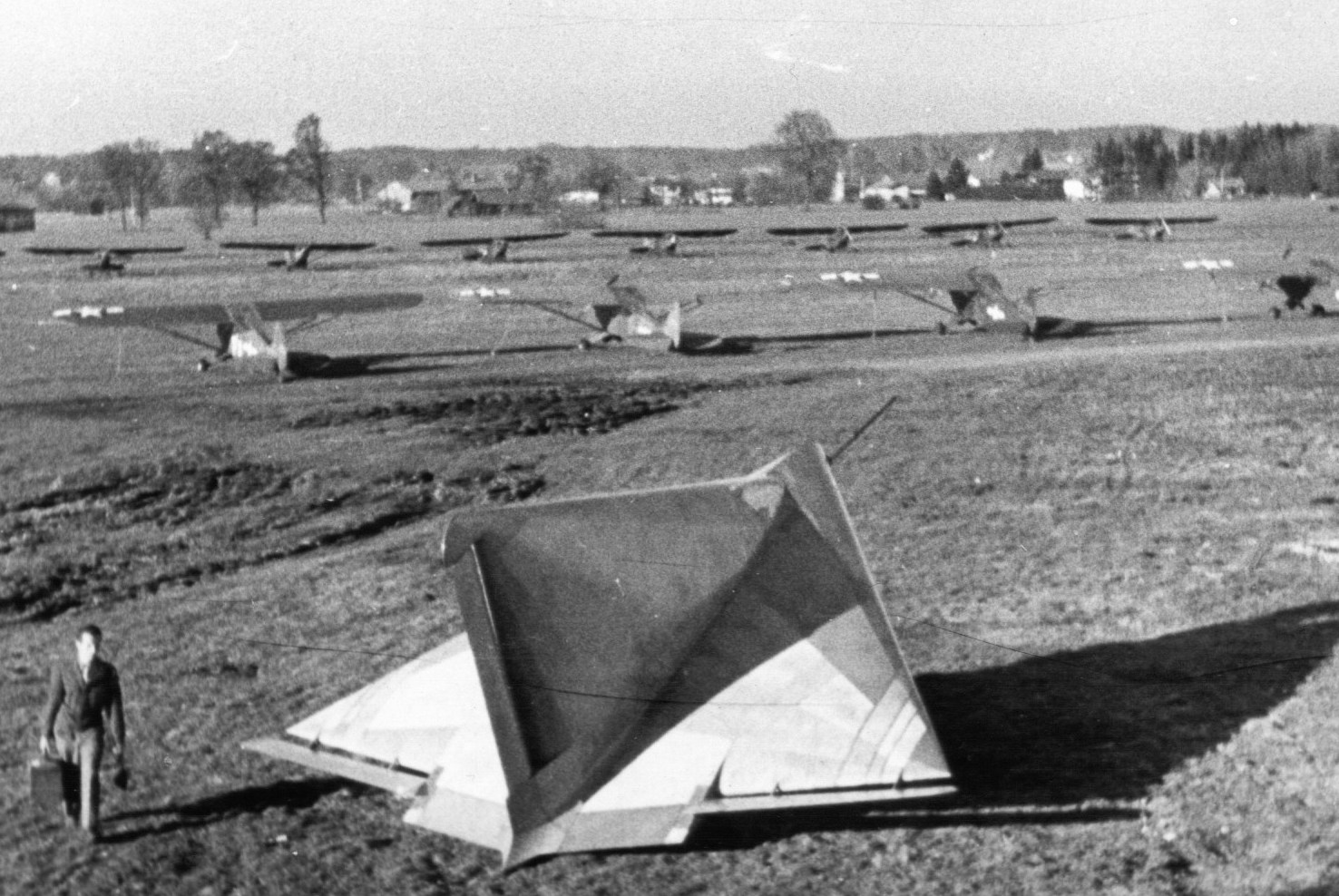
Von Opel was interested in using rocket propulsion in an aircraft, and the Ente seemed like an ideal candidate as it lacked a tail that might be damaged by the rocket exhaust.
Several small, black-powder rockets were installed in the Ente and, in the summer of 1928, it became the world’s first full-sized aircraft to fly under rocket power.
The rockets used provided only a few seconds of thrust, but this was sufficient to allow the Ente to take off without the need for a catapult or tow launch. After the rockets cut out, it reverted to being a sailplane, precisely the same approach that would later be used in the Me 163.
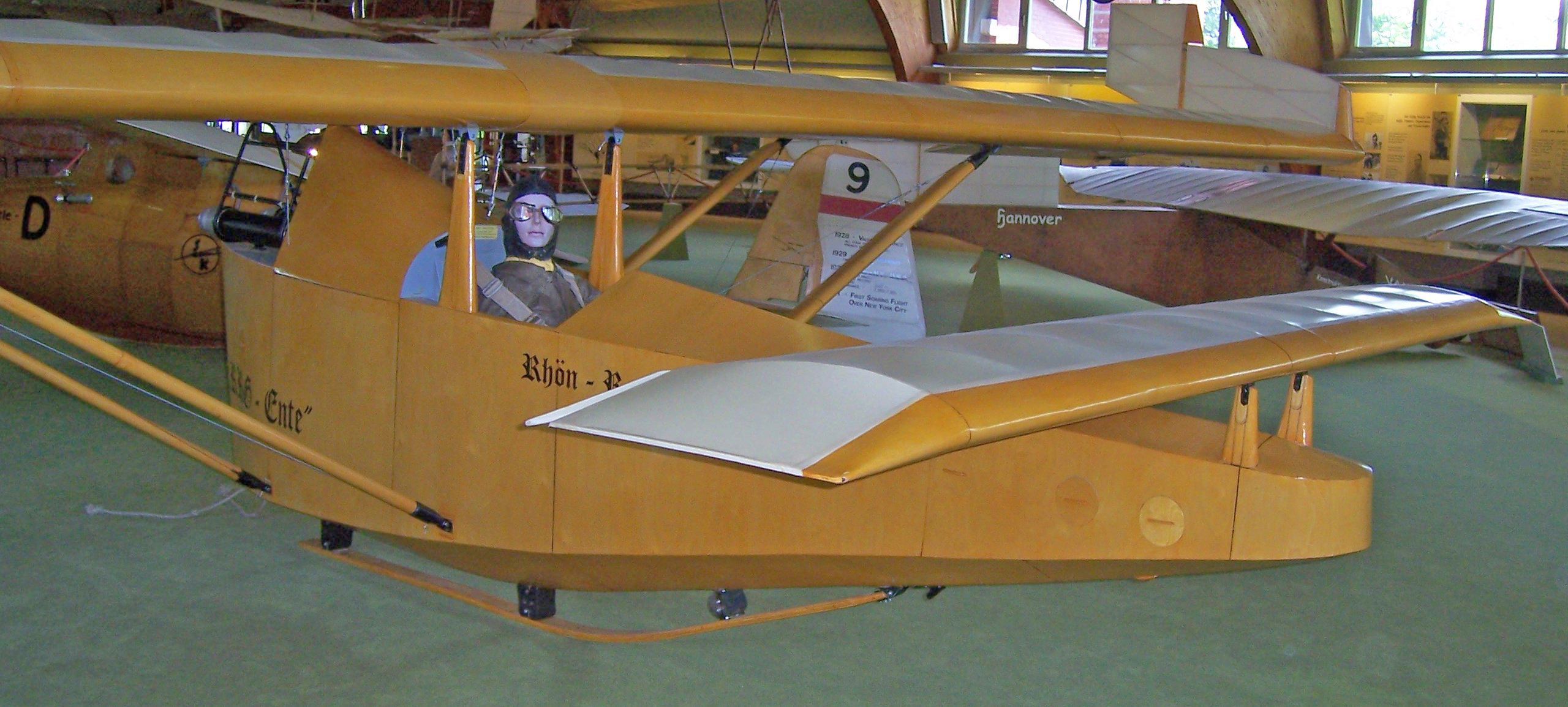
Like many of Lippisch’s experimental aircraft, the Ente proved hazardous to its pilot. On only its second flight, one of the rocket motors exploded, setting it on fire. Fortunately, this happened at a low altitude and the pilot was able to make an emergency landing and exit the burning Ente before it was completely destroyed.
Undeterred, Lippisch continued to build experimental gliders. By the mid-1920s he had been appointed President of the Rhön-Rossitten Gesellschaft (RRG), an influential German gliding federation that included research and construction facilities.
Lippisch became obsessed with the design of tailless delta gliders and produced several variants of the Storch (Stork) in 1928-1929 before beginning work in 1930 on the model that would be the direct antecedent of the Me 163, the Delta.

The Delta
The Delta 1 was provided with a triangular wing with ailerons and elevators in the trailing edge. Small rudders were provided in the wingtips and a tiny 8hp engine was used to turn this into a motor-glider. Despite the limited power of its engine, the Delta 1 was able to achieve a top speed of almost 80mph (125kmh).
Three subsequent Delta designs were produced, each a little more refined than what had come before. However, though all made successful flights, these were not easy aircraft to fly and several pilots were killed and injured in flying accidents.
The accident rate in Lippisch designs became so serious that a commission headed by the Reichsluftfahrtministerium (RLM – German Air Ministry) actually banned all further development of tailless delta aircraft in 1936.
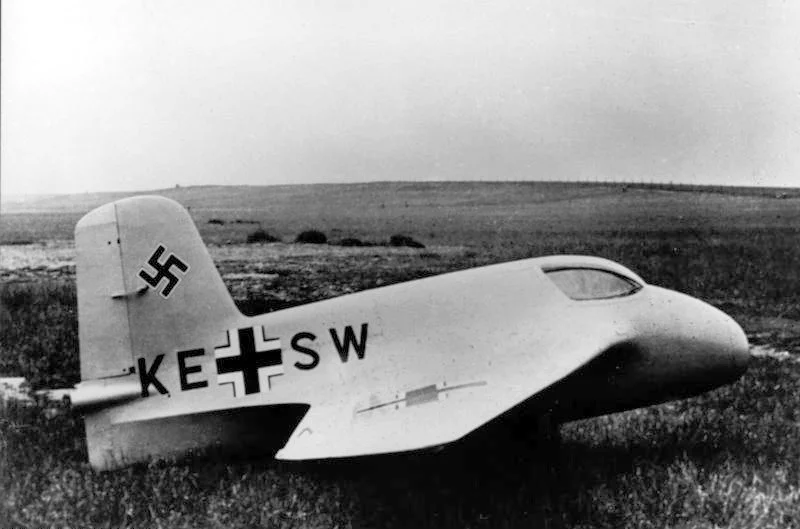
However, intervention by the RRG led to the ban being lifted, and, by 1937, Lippisch was working on his most advanced design to date, the two-seat DFS-39 delta glider powered by a 75hp piston engine driving a pusher propellor.
Then he received a secret instruction from RLM and a new contract to install a rocket motor in the DFS-39 to create a fighter.
This led to the creation of the DFS-194, essentially the DFS-39 fitted with a liquid fuel R I-203 rocket motor designed by Hellmuth Walter. By late 1938, this aircraft was nearing completion when RLM decided that progress would be improved if Lippisch and his small team were made part of a larger aircraft manufacturer.
In January 1939, the team joined the Messerschmitt factory in Augsburg, though they remained a separate and autonomous group working on a top-secret project known only as “X.”
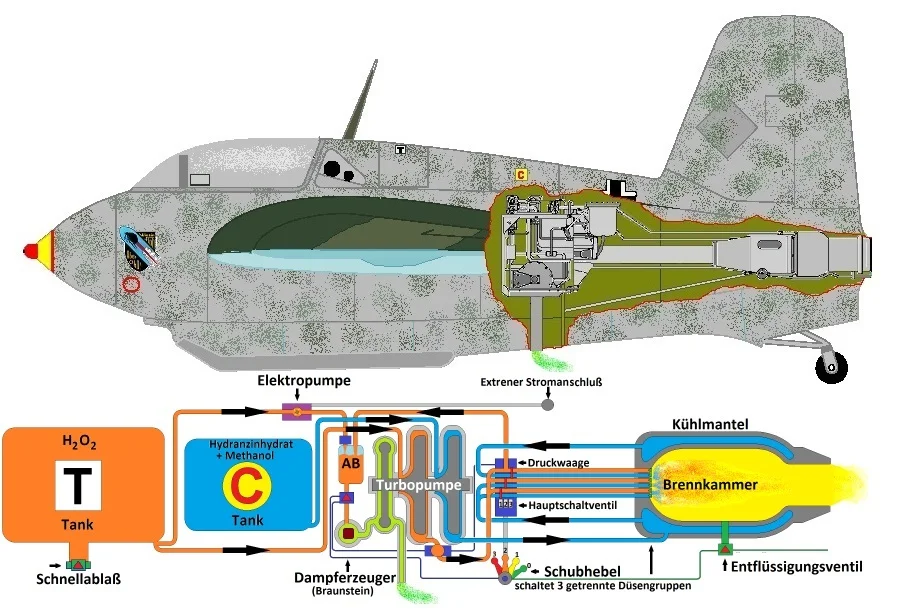
The DFS-194 made its first flight using rocket power at the secret research facility in Peenemünde in August 1940. The aircraft proved easy to fly and achieved a speed of over 340mph. RLM immediately raised the priority of the project and provided additional funds.
Me 163
This project was so secret that even the new aircraft’s designation was selected carefully. The designation Me 163 had originally been allocated to a Messerschmitt competitor to the Fieseler Storch STOL aircraft.
That aircraft never went into production, so the designation was given to the new aircraft in the hope that, even if information about the project was discovered, foreign agents would assume that it applied to the earlier Army Co-operation aircraft.
Read More: Kaman K-MAX Helicopter – Function over Form
The DFS-194 was quickly modified to become the Me 163A. Fitted with a Walter RII-203 rocket engine producing around 1,300lb of thrust, it was able to achieve a top speed of over 560mph.
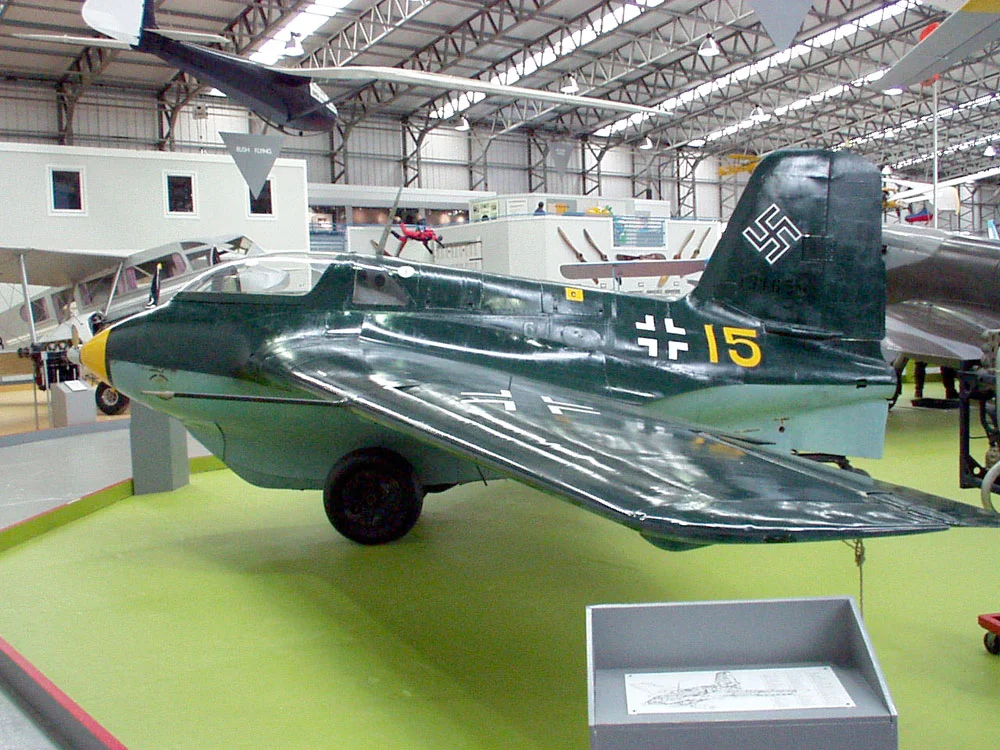
However, it was limited by the fact that the rocket provided thrust for only a few minutes, and after taking off, it had little propellant left for level flight. As a test, the prototype was towed aloft in October 1941 and released at altitude.
It then became the first aircraft in the world to exceed a speed of 1,000km/h (621mph) in level flight. Clearly, the tiny aircraft had potential. But it also had problems.
At high speeds, severe vibration in the rudder, elevators, and ailerons caused control problems. In the flight where the aircraft had reached 1,000km/h, this had become so severe that the test pilot was forced to shut down the engine and glide into a landing.
Despite these problems, work continued developing a new engine for the Me 163.
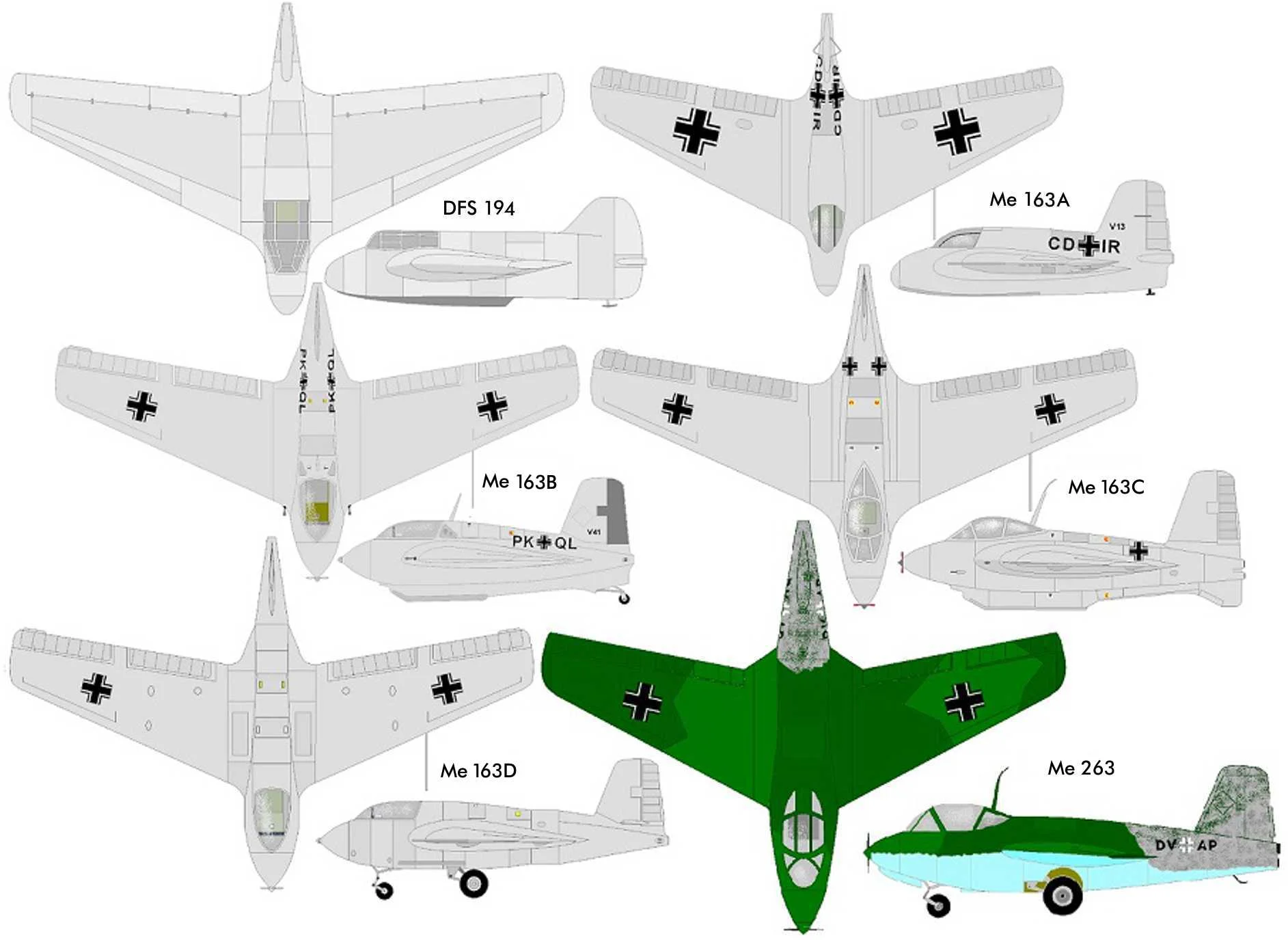
The existing engine did not have a throttle – it provided full power until the fuel was exhausted, meaning that the aircraft could become uncontrollable if it was held in level flight with the engine running.
In a climb, the RII-203 allowed the aircraft to reach an altitude of fewer than 20,000 feet before the fuel was exhausted. If it was to become an effective combat aircraft, the fighter would need a controllable throttle and more thrust for longer.
The result was the Walter HWK 109-509, an entirely new bipropellant rocket engine that provided thrust by mixing two compounds, known as “T-Stoff” and “C-Stoff.”
When separate, these were inert (though T-Stoff was highly corrosive) but when mixed in the engine’s combustion chamber, these created a violent reaction that produced almost 4,000lbs of thrust.
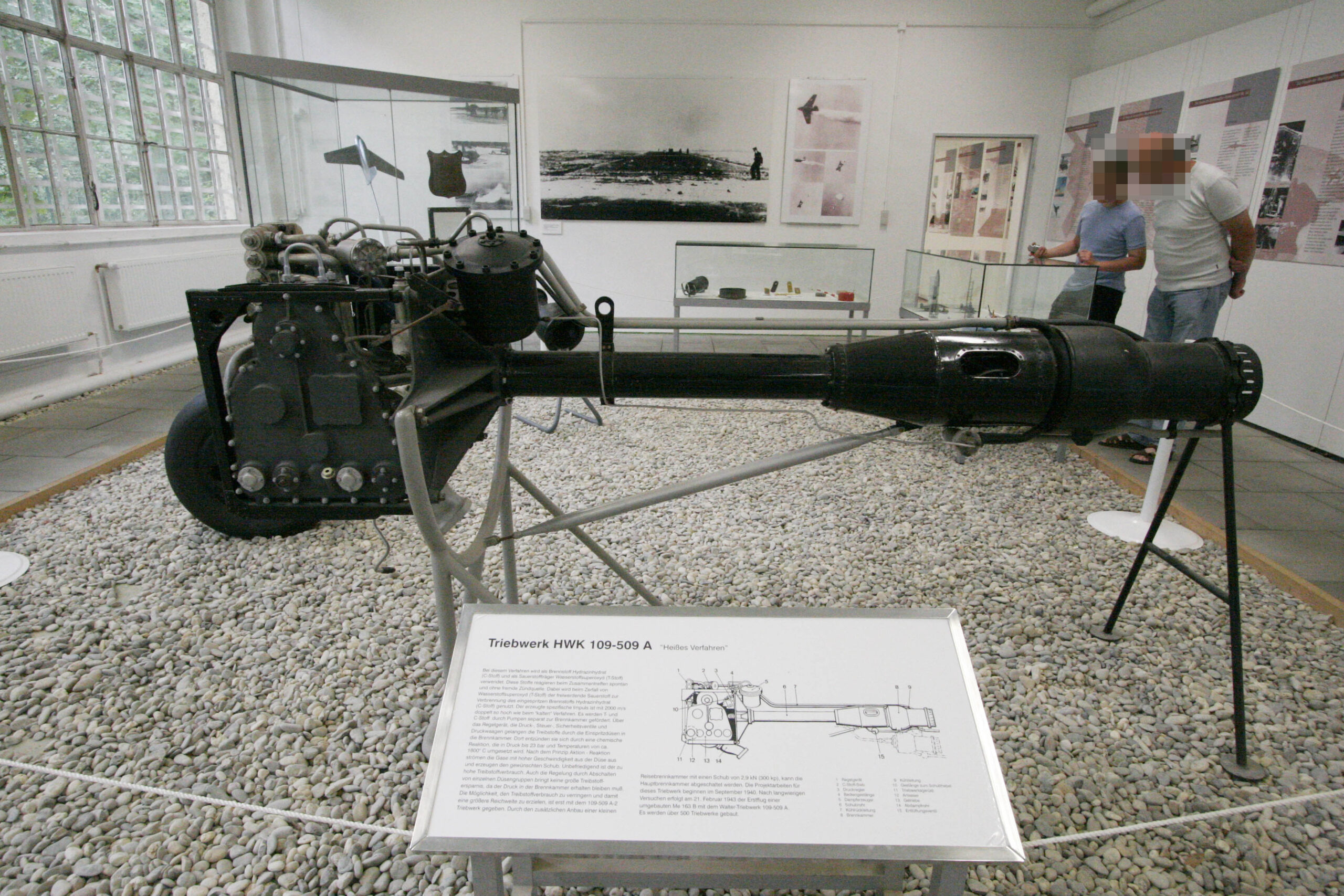
The new engine was installed in what would become the main production variant of this aircraft, the Me 163B Komet. This was a tiny all-metal delta design with a conventional tailplane and rudder and with ailerons and elevators in the training edge of the wings.
No undercarriage was provided: the aircraft took off on a wheeled trolley which was jettisoned when it was in the air and it landed on an extendable landing skid under the fuselage. Like all Lippisch’s designs the Me 163 was essentially a powered glider, using the thrust of its rocket engine to quickly reach an altitude of up to 39,000 feet and then gliding back to land.
Why Did the Me 163 Have a Propeller?
While it is true that the Me 163 had a propeller, it wasn’t powerful enough to move that aircraft. Instead, the energy the propeller gave would go on to power a generator which in turn fed energy to other parts of the aircraft. The Me163 used a rocket engine to fly.
In Service
The Me 163B was armed with a pair of 30mm Rheinmetall Borsig MK 108 cannons mounted in the wing roots. However, a lack of space meant that each was provided with just 60 rounds of ammunition.
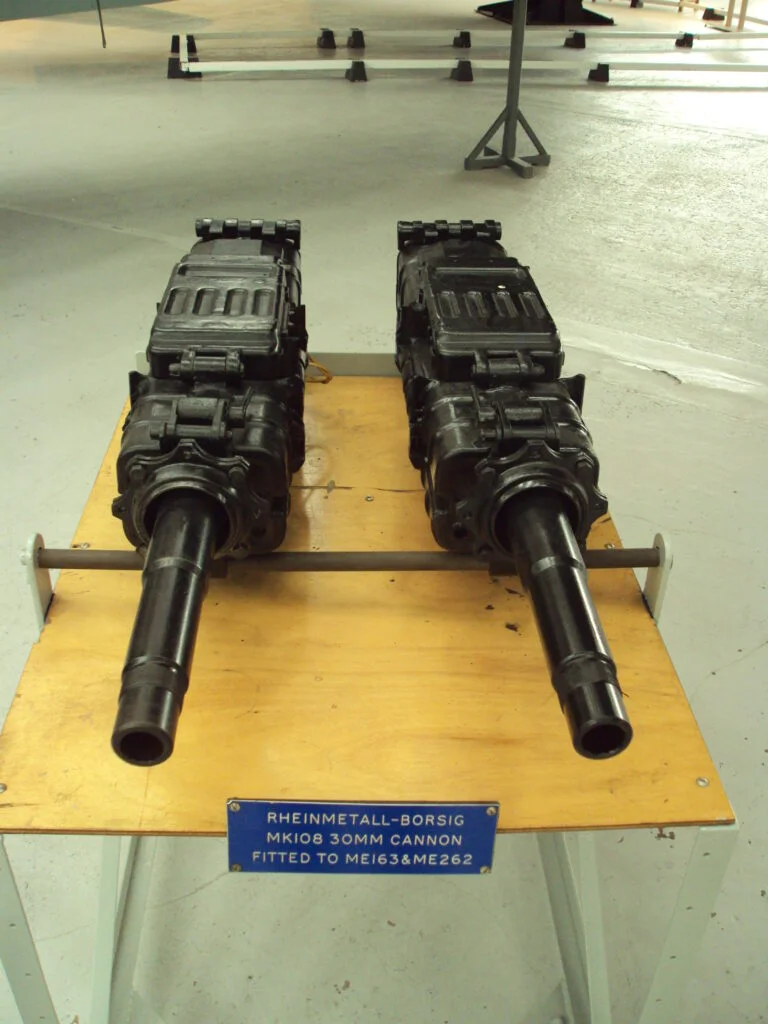
When operational testing began in August 1943, this wasn’t the only problem encountered. When it was dropped just after take-off, the trolley on early models tended to bounce back into the air, sometimes striking the aircraft and causing damage.
Landings were hazardous too. If the pilot forgot to extend the landing skid (or sometimes even if he did) hard landings could cause injuries – three test pilots involved in the programme suffered spinal injuries and even skull fractures as a result of hard landings and these continued to be a problem during operational testing.
If a landing was attempted with fuel remaining, there was an additional hazard. T-Stoff was extremely corrosive to organic material. Pilots were provided with acid-resistant flight suits, but these did not provide complete protection.
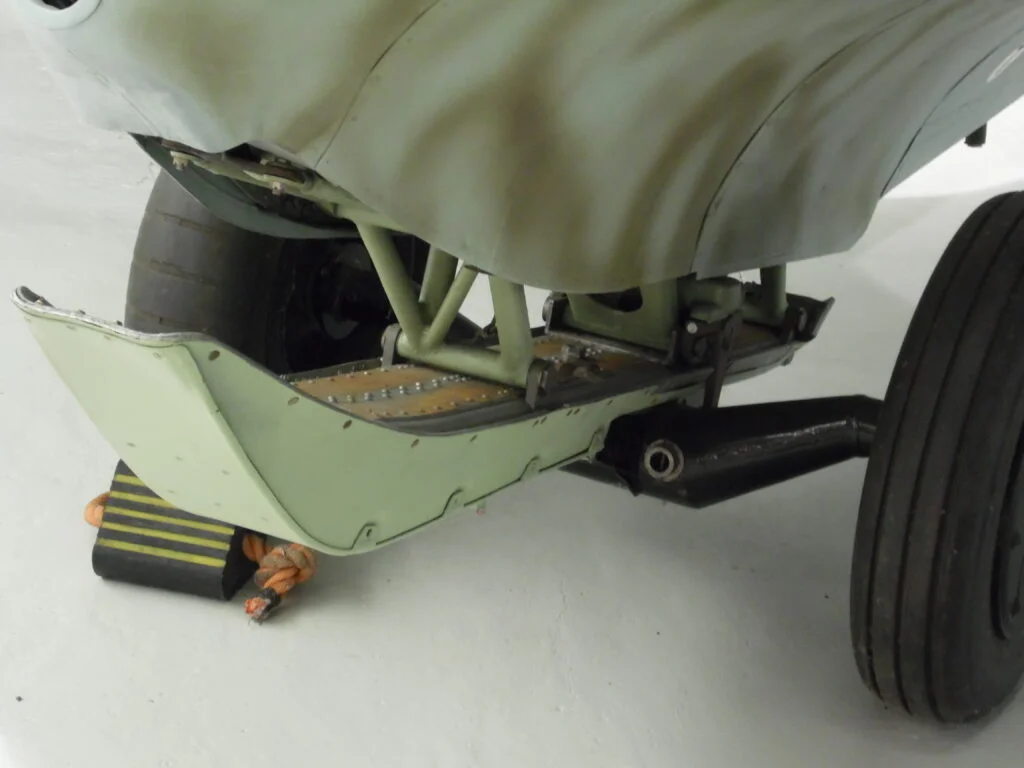
On one occasion, an Me 163 was damaged by its own take-off trolley and was forced to make an emergency landing. The aircraft flipped over and by the time rescue crews arrived, the unconscious pilot had been completely dissolved by leaking T-Stoff!
The Me 163 was a supremely effective glider when it had exhausted its fuel. It simply didn’t lose height on the approach like a conventional fighter and landing accidents involving overshooting the runway were also common.
For ground crew too, the Me 163 and its volatile fuel were hazardous. One ground crew member was, literally, blown to pieces when he inadvertently poured T-Stoff into a container in which there was a small amount of C-Stoff.
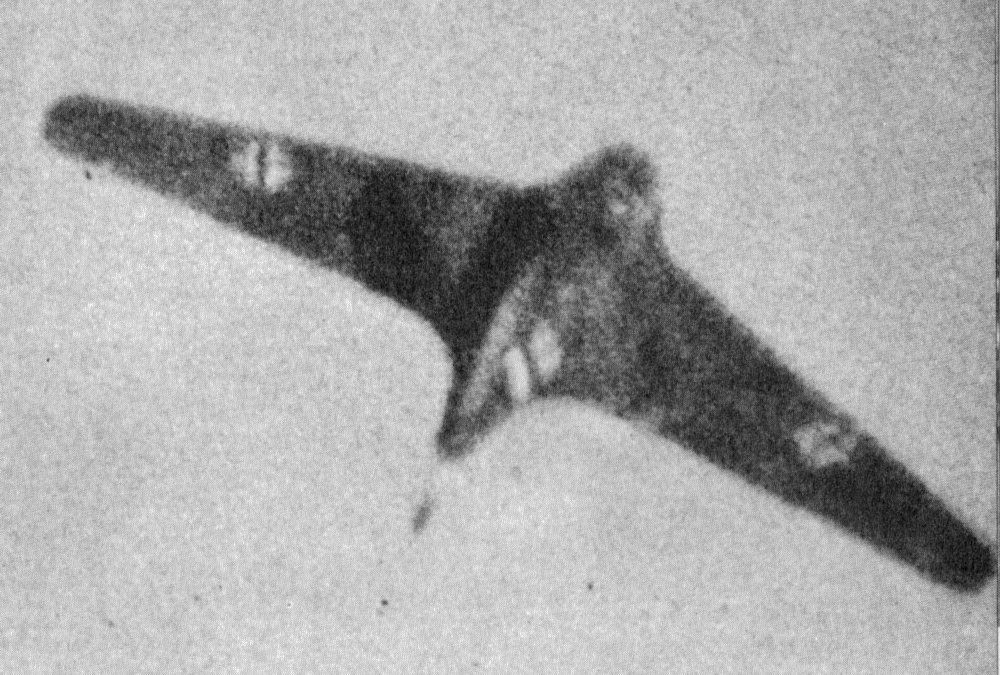
Other ground crew members were killed during accidents during refueling. Despite these issues, Germany was in desperate need of a point defence fighter capable of climbing rapidly to engage formations of US bombers, and in May 1944, the first Luftwaffe squadron to use the Me 163 began combat operations.
It quickly became apparent that there were yet more problems. If attacking an enemy aircraft while still powered by the rocket motor, the sheer speed of this aircraft meant that pilot had less than 3 seconds to identify, aim and fire at the enemy.
Few pilots proved sufficiently skilled to achieve this consistently. After the rocket had cut out after six minutes or less, the Me 163 became a glider and was extremely vulnerable to attack by enemy fighters.
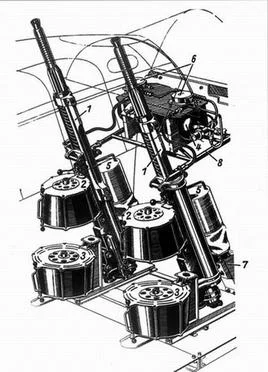
In order to address the problems of aiming the cannon at high speed, at least one Me 163 was equipped with an experimental new weapon, the SG 500 Jagdfaust.
This consisted of five 30mm cannons, mounted in the wing roots and pointing vertically. These were automatically triggered by a photo-electric cell so that when the Me 163 flew into the shadow of an aircraft above, all the cannons fired simultaneously.
In one combat test, the pilot reported that a B-17 “simply disintegrated” when being attacked using this system, but the war ended before the SG 500 Jagdfaust could be deployed in numbers.
Somewhere in the region of 350 Me 163s were built in total, though many were produced towards the end of the war and did not see operational use due to a lack of fuel.

Conclusion
The Me 163 was the fastest fighter to see service in World War Two. But its limitations meant that its combat record was disappointing. Me 163 pilots claimed the destruction of 16 Allied aircraft, though only nine of these claims have been confirmed. In return, nine Komets were shot down and at least nine more were lost in accidents.
Read More: “Taffy” Holden – The Aircraft Engineer Who Accidently Took Off
Like many other German scientists and engineers, Alexander Lippisch moved to the US after World War Two as part of Operation Paperclip. The advent of reliable and powerful jet engines rekindled interest in his delta designs and his influence can be seen on several subsequent US combat aircraft including the F-102 Delta Dagger and the F-106 Delta Dart.
However, he is best remembered today for the Me 163. And that aircraft is principally a reminder that focusing on only one aspect of performance (in this case, climb and speed) at the expense of all others may lead to remarkable performance, but not to an effective combat aircraft.
If you like this article, then please follow us on Facebook and Instagram.
Specifications
- Crew: 1
- Capacity: (Me 163S + 1)
- Length: 5.7 m (18 ft 8 in)
- Wingspan: 9.3 m (30 ft 6 in)
- Height: 2.5 m (8 ft 2 in)
- Empty weight: 1,905 kg (4,200 lb)
- Max takeoff weight: 4,309 kg (9,500 lb)
- Powerplant: 1 × Hellmuth Walter Kommanditgesellschaft HWK 109-509A-2 bi-propellant liquid-fuelled rocket motor, 14.71 kN (3,307 lbf) thrust maximum; 980 N (220 lbf) minimum, fully variable
- Best climbing speed: 700–720 km/h (430–450 mph; 380–390 kn)
- Endurance: 7.5 mins powered
- Rate of climb: 81 m/s (16,000 ft/min)

